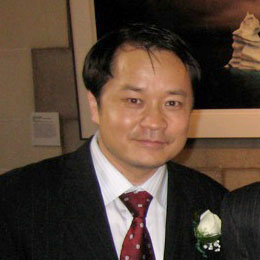Biography
Prof. Sunney Xie received his BSc in chemistry from Peking University in 1984, and his PhD in physical chemistry in 1990 from UC San Diego. After a career at Pacific Northwest National Laboratory, he became the first tenured professor at Harvard University among Chinese Scholars who went to the US since the Reform in China. As a pioneer of single molecule biophysical chemistry, coherent Raman scattering microscopy, and single cell genomics, he made major contributions to the emergence of these fields. Furthermore, Xie has made significant advances on medical applications of label-free optical imaging and single cell genomics. In particular, his inventions have been used in in vitro fertilization and have benefited hundreds of couples in China in avoiding the transmission of their monogenic diseases to their newborns. In addition, Prof. Xie has trained more than 100 graduate students and postdocs, many of whom have become professors at major universities around the world. Since 2010, he has been the Director of Biodynamic Optical Imaging Center (BIOPIC) at Peking University, and in 2016 he became the Director of Beijing Advanced Innovation Center for Genomics (ICG). Prof. Xie is a member of the US National Academy of Sciences ,the US National Academy of Medicine, the American Academy of Arts and Sciences and a foreign member of Chinese Academy of Science. Among his numerous honors are the Albany Medical Center Prize in Medicine and Biomedical Research, the American Chemical Society’s Peter Debye Award and the Biophysical Society Founders’Award.
Research Interests
Prof. Xie’s current research interests include:
Scientific: Single molecule enzymology, Single molecule biophysical chemistry, Gene expression and regulation,
Epigenetics, Mechanism of cell differentiation and reprogramming, Genomic instability;
Technological: Single molecule imaging, Single cell genomics, Coherent Raman scattering microscopy, DNA sequencing;
Medical: Preimplantation genetic screening and diagnosis in in vitro fertilization, Early cancer diagnosis.
Laboratory Introduction
